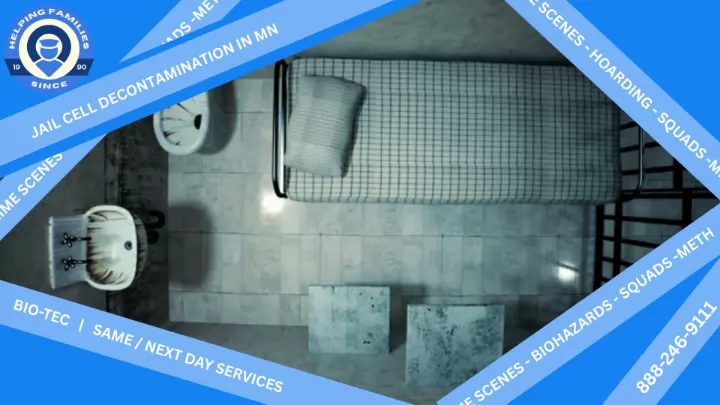Can homeowners insurance cover the cost of suicide cleanup services?
In many cases, **homeowners insurance policies do cover the cost of professional suicide cleanup services**, particularly if the policy includes provisions for biohazard remediation, accidental death, or trauma cleanup. However, the specific coverage can vary significantly depending on the individual policy, the circumstances of the incident, and the state in which the property is located. Generally, if the event is deemed an accident or peril by the insurer, and the policy covers such events, the cleanup costs for biohazardous materials (blood, bodily fluids) and associated property damage (e.g., removal of contaminated flooring, drywall) might be covered. Its crucial for the policyholder or their representative to contact their insurance provider as soon as possible after the incident to understand their specific coverage, deductible, and claims process. Some policies might have limitations or exclusions for certain types of incidents, or they might cap the amount covered for biohazard remediation. Professional suicide cleanup companies often have experience working with insurance companies and can assist with the claims process, providing detailed estimates and documentation to facilitate coverage. This can significantly alleviate the financial burden on grieving families, allowing them to focus on emotional healing rather than logistical and financial concerns associated with the cleanup.
What are the best practices for door-to-door crime scene cleanup coordination?
Best practices involve clear communication with property owners, coordinated scheduling, and close collaboration with local authorities to manage the cleanup efficiently.
How are air quality and ventilation addressed during cleanup?
Air quality is maintained using HEPA filters, air monitoring systems, and proper ventilation to prevent the spread of airborne contaminants.
How do professionals handle bloodborne pathogens?
They use specialized protocols, disinfectants, and PPE to safely neutralize and remove bloodborne pathogens from contaminated surfaces.
What protocol is followed for cleaning vehicles contaminated with rodent droppings?
Biohazard cleaning involves removal of droppings and pathogens, followed by disinfection and odor control.
What protocols exist for handling blood spills?
Blood spills are managed with specialized disinfectants and techniques that minimize exposure to bloodborne pathogens.
Are there any federal laws about meth-contaminated properties?
While there are no overarching federal laws mandating meth testing or remediation, the U.S. Environmental Protection Agency (EPA) provides **voluntary** cleanup guidelines that many states adopt or build upon. Some federal agencies, such as HUD, may require testing in federally assisted housing if contamination is suspected. Ultimately, meth contamination laws are largely governed at the **state or local** level, so its essential to consult those agencies for specific legal responsibilities. That said, federal oversight may increase as awareness of contamination-related health impacts continues to grow.
How should biological residue on dashboard instruments be handled?
Instruments are cleaned with precision tools to avoid damage while thoroughly sanitizing the surfaces.
How do professionals clean rodent-infested areas?
Experts use industrial-grade disinfectants, HEPA vacuums, and proper disposal techniques to ensure safety and sanitation.
How do I choose a reliable blood cleanup service?
Look for companies with certifications, positive reviews, and transparent pricing. Its also important to choose a service that prioritizes safety, discretion, and compliance with legal regulations.
